| February 13, 2015 (6:30-8:30 p.m.) Jane Addams Hull-House 800 S. Halsted St. Chicago, IL 60607 free and open to the public You are invited to come to "Envisioning Green Cityscapes" at the Jane Addams Hull-House, which includes performance, poetry, music, film, and visual art. Program:
| Links:
| ||
|
Interdunal Pipeline by Corey Hagelberg
0 Comments
For my interview project with Borderbend, I set out to explore some of the unanswerable questions that have been squirming to escape my mind, and fired them on Chicago artists in search of some marinated wisdom. I ask why art is important in communities, why humans value art, why artists care, and what makes art art. All of their words have helped me on my path as an art student, and a person making sense of this world. Their challenges to survive in the art world of Chicago are inspiring yet devastating, their passions are strong, and their work is meaningful and genuine. Enjoy, and keep your eyes open for any of their upcoming work. Thanks for reading. - Hannah Brookman Carron Little
For my interview project with Borderbend, I set out to explore some of the unanswerable questions that have been squirming to escape my mind, and fired them on Chicago artists in search of some marinated wisdom. I ask why art is important in communities, why humans value art, why artists care, and what makes art art. All of their words have helped me on my path as an art student, and a person making sense of this world. Their challenges to survive in the art world of Chicago are inspiring yet devastating, their passions are strong, and their work is meaningful and genuine. Enjoy, and keep your eyes open for any of their upcoming work. Thanks for reading - Hannah Brookman Lindsay Obermeyer
The jazz artist Charles Mingus (born on April 22, 1922) left behind an amazing legacy that includes a stellar catalog of compositions such as "Goodbye Porkpie Hat," "Better Get Hit in Your Soul," and "Fables of Faubus"; a career that included working with many musical greats such as Duke Ellington, Eric Dolphy, Dannie Richmond, Rahsaan Roland Kirk, Max Roach, and Joni Mitchell; and approaches to the jazz idiom such as directions for big bands that have been indelibly etched into jazz vocabulary. * Mingus would have been 90 this year, but sadly he died of ALS in 1979. Sue Graham Mingus, who met Charles in the early '60s, was married to him and took care of him throughout his illness. Tonight at Noon: A Love Story, Sue Mingus' eloquent memoir, contains many memorable anecdotes of her life with Mingus. Sue has been directing The Mingus Bands for more than 30 years, and also directs Mingus jazz education outreach in New York City. The Borderbend Arts Collective has presented ten Charles Mingus-inspired concerts, including nine Mingus Awareness Project concerts in Chicago and Richmond, Virginia. Borderbend is planning special programming this year, in honor of Mingus' 90th birthday -- including the next Mingus Awareness Project concert which happens at Fitzgerald's on May 17th. More announcements will be made soon... * Many excellent books about Mingus have been published. Check out Gene Santoro's Myself When I Am Real, Mingus' autobiography Beneath the Underdog, and Sue Mingus' Tonight at Noon. pictured above: Mingus Awareness Project poster image designed by Josh Josue Here are several recordings from Mingus Awareness Project concerts. Enjoy!
Saturday, February 25, 2012 (7:00 p.m.) Curtiss Hall Fine Arts Building 410 South Michigan Ave., tenth floor Chicago IL 60605 Justin Dillard-Junius Paul Duo Justin Dillard -- piano Junius Paul -- upright bass DOE Projects / Deborah Doering -- painting with assistance by Audrey Schlofner ADMISSION: $20, $10 for students You are invited to attend "Visual Music," a piano + painting concert that introduces a unique collaboration between the Justin Dillard-Junius Paul Duo and DOE Projects / Deborah Doering. This concert is being presented by PianoForte Foundation, in partnership with the Borderbend Arts Collective and IS Productions. A reception follows the concert. This is the second concert in this series’ fourth season. Frank Abbinanti, Jim Baker, Renée Baker’s TUNTUI, Ben Boye, Ari Brown, Phyllis Chen, Steve Cohn, CUBE, Justin Dillard, Irina Feoktistova, Paul Giallorenzo, Burton Greene, Jonathan Hey, Sebastian Huydts, Keith Kirchoff, Mabel Kwan, Matthew McCright, Adam Marks, Thollem McDonas, Eric Glick Rieman, Kathleen Supové, Adam Tendler, and Ann Ward have performed during this concert series. Media Contact Susan Heiserman: susan@pianofortefoundation.org PianoForte 410 South Michigan Ave., first floor Chicago IL 60605 (312) 291-0000
and Chicago Artists’ Assistance Program grants have supported her work. Deborah has attended artist residencies in the US and abroad, including Ragdale/Lake Forest and Public Art Residency, Kassel/Berlin. Her work is in US and international collections. Doering works collaboratively as “DOE Projects,” a sponsored project of FracturedAtlas.org. http://www.deborahdoering.com
Bobby Irving III, Roscoe Mitchell, Ari Brown, Orbert Davis, Hamiet Bluiett, Erma Thompson, Fred Anderson, Bill Dickens, The AACM Experimental Ensemble, Billy Bang, Nicole Mitchell, Kahil El’ Zabar, and Ernest Dawkins (Live the Spirit Big Band and The Chicago 12 ensembles). His media accolades include features in various periodicals including The Chicago Reader, and The Chicago Sun-Times. Howard Reich, Chicago Tribune arts critic, writes: “A new generation of jazz improvisers has emerged in Chicago in recent years, but few are more promising than pianist/organist Justin Dillard. Musically, Dillard tends to be all over the keyboard, drawing upon the examples of virtuosos such as Oscar Peterson and McCoy Tyner. But there's something more to Dillard's work as well -- a quest for new ideas in music, in the manner of his AACM mentors”. Performing countless jazz festivals nationally and abroad, Justin has performed on national television (ABC) with his organ expose’ The D-O-3-0 and in a documentary produced by George Lucas Studios. Justin continues to advance his ambitions and transform his career by leading, orchestrating and creatively composing for The DOT and his vast array of ensembles all while accompanying great musicians in and around Chicago and the world. Stay tuned. http://aacmchicago.org/justin-dillard
INNtone Festival (Austria), as well as festivals in Ghana, Italy, and Brazil. Junius is currently immersed in creating a new studio project, scheduled for release in early 2012. http://www.juniuspaul.com/ Justin Dillard and his trio performed at PianoForte during the inaugural Experimental Piano Series concert in November 2008. Here are some audio recordings from that concert -- |
AuthorsHannah Brookman
Lou Ciccotelli
Jon Hey
Rich Washam
Archives
July 2019
Categories
All
|

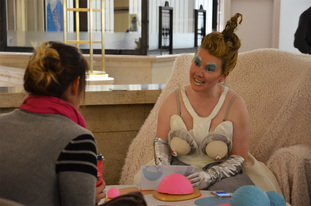
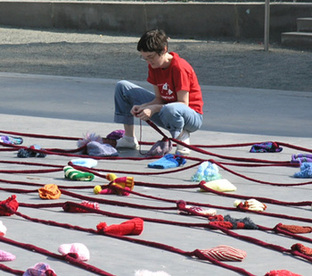
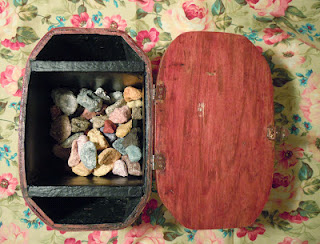
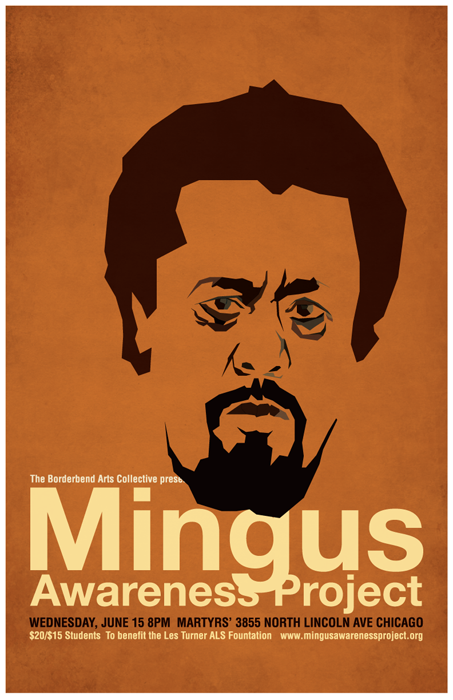
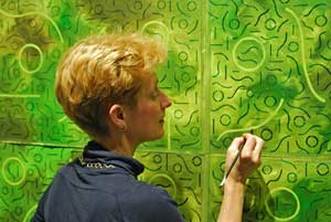
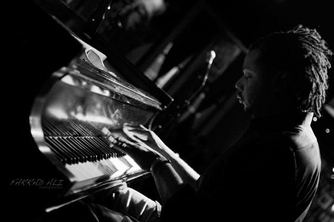
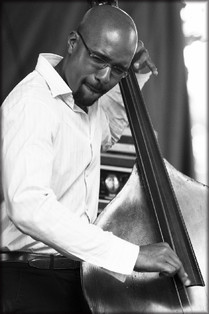
 RSS Feed
RSS Feed
